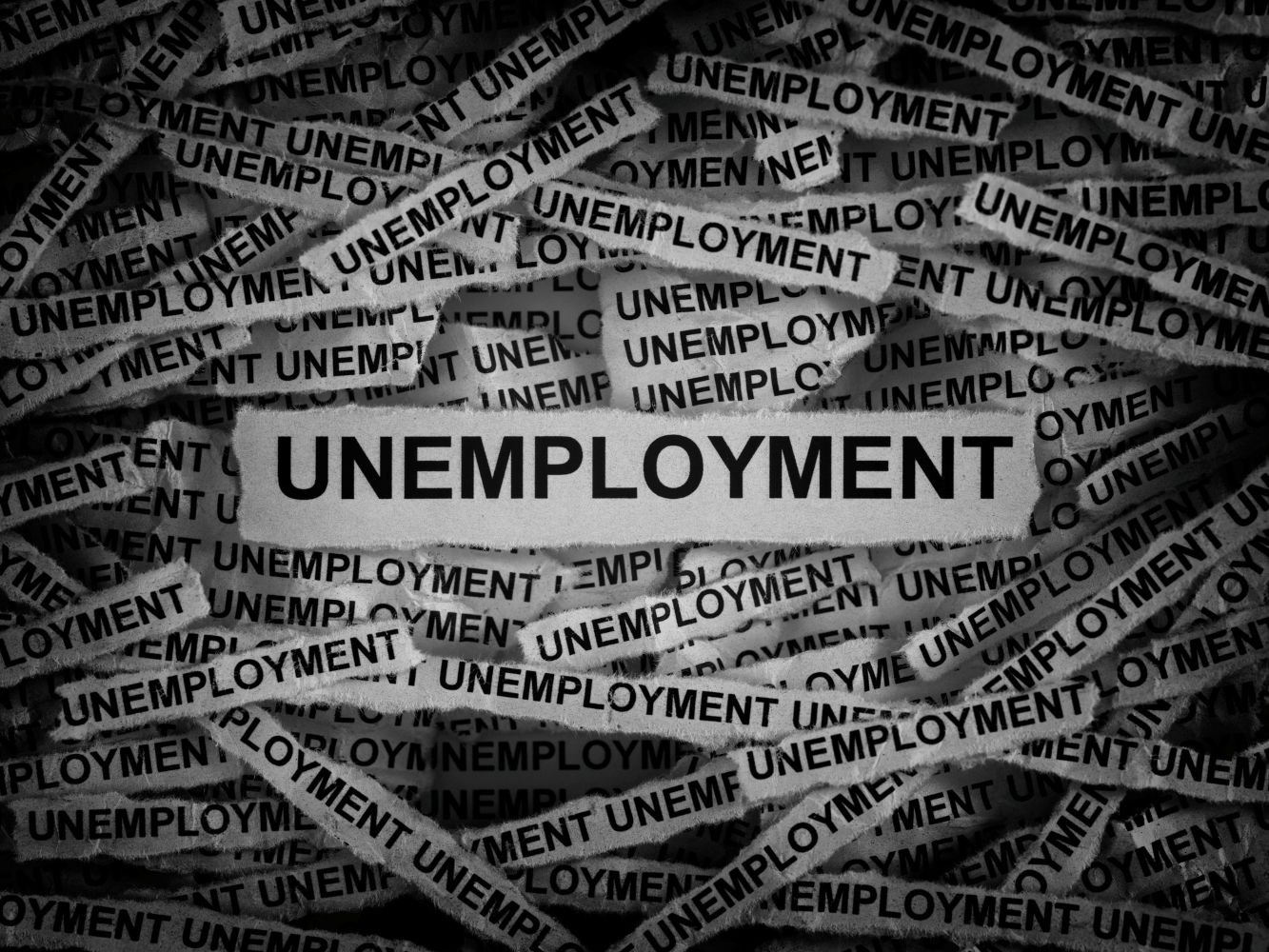The question is whether Statistics SA calculates the unemployment rate correctly and if it is really around 10%.
Minister of Trade, Industry and Competition, Parks Tau, said this week that he agrees with Capitec CEO Gerrie Fourie that unemployment statistics should include work in the informal sector. However, not everybody agrees.
Fourie said this week that Statistics SA should rethink how it measures unemployment, arguing that when the vast informal sector is considered, the unemployment rate of 32.9% could be closer to 10%.
“We talk about an unemployment rate of 32%, but Statistics SA does not count self-employed people. I think that is an area we must correct. The unemployment rate is probably actually 10%. Just go look at the number of people in the township informal market who sell all sorts of stuff and have a turnover of R1 000 per day.”
This week in parliament, Tobias Chance, a DA MP, asked Tau for his comments as he was not sure whether Fourie’s claim was accurate. He also wanted to know whether it was true that not enough attention was paid to supporting the informal economy.
Chance emphasised that the informal sector in South Africa supported fewer people in work compared to other similar countries, particularly elsewhere in Africa.
ALSO READ: Is South Africa’s unemployment rate really only 10%?
Minister Tau agrees
Tau acknowledged that the point had been raised by various quarters concerning what was calculated and what not. He admitted he did not read the article with Fourie’s statements, but said he believes there was significant undercounting, particularly when the informal sector was considered.
“This is an issue that everyone should collectively engage with to both acknowledge the informal sector and reinforce the support mechanisms for what was a major contributor to employment in the country.
“The informal sector is not only about self-sufficiency. There were instances when, according to my understanding, the ratio was one-to-one, meaning that for each informal sector operator, there was at least one additional employee. The number of employees per company would always differ.”
Tau said there was an argument to be made in that regard and that Fourie’s comments regarding South Africa’s statistics needed to be considered.
“This has implications for how the country responded in terms of public policy and interventions.”
ALSO READ: A VIEW OF THE WEEK: Taking unemployment lessons from a bank boss who can’t count?
Research institution says there is nothing wrong with calculation
However, Trade and Industrial Policy Strategies (TIPS), an independent, non-profit, economic research institution based in Pretoria, established in 1996 to support economic policy development, with an emphasis on industrial policy, does not agree with Fourie.
Senior economist at TIPS Dr Neva Makgetla says their own research shows that claims by a few business leaders and researchers that the informal sector has been neglected in both official data on unemployment and in government strategies to address joblessness are at best overdrawn and at worst simply false.
“Our substantial analytical work into the quality of official employment statistics, as well as the substantive factors behind persistently high joblessness and the obstacles facing small businesses, including the informal sector, shows that:
- The official Quarterly Labour Force Survey (QLFS) adequately defines and assesses employment, self-employment, unemployment and the informal sector. It is not true that the official data ignores informal employment and self-employment, which would result in exaggerated estimates for the unemployment rate.
- In 1994, self-employment in South Africa was already much lower than the norm for upper-middle-income countries due to the dispossession of black business owners under apartheid. The QLFS findings reflect South Africa’s unique history, not methodological flaws.
- A key question is why the transition to democracy has done little to overcome the deficit in small businesses that originated under apartheid. The main reason is that the destruction of small and especially family-owned businesses under apartheid inevitably also destroyed their ecosystem. Most private and public services, infrastructure and resourcing of all kinds are still designed to meet the needs of large established producers, which often differ from those of small and especially informal enterprises.
- By extension, effective policies to expand small businesses, including in the informal sector, cannot rely narrowly on reducing regulatory burdens. Instead, South Africa needs to develop new systems in both the private and the public sector to support emerging and informal businesses on a mass scale.”
NOW READ: This is where we would be if SA sustained an economic growth rate of 4.5%
